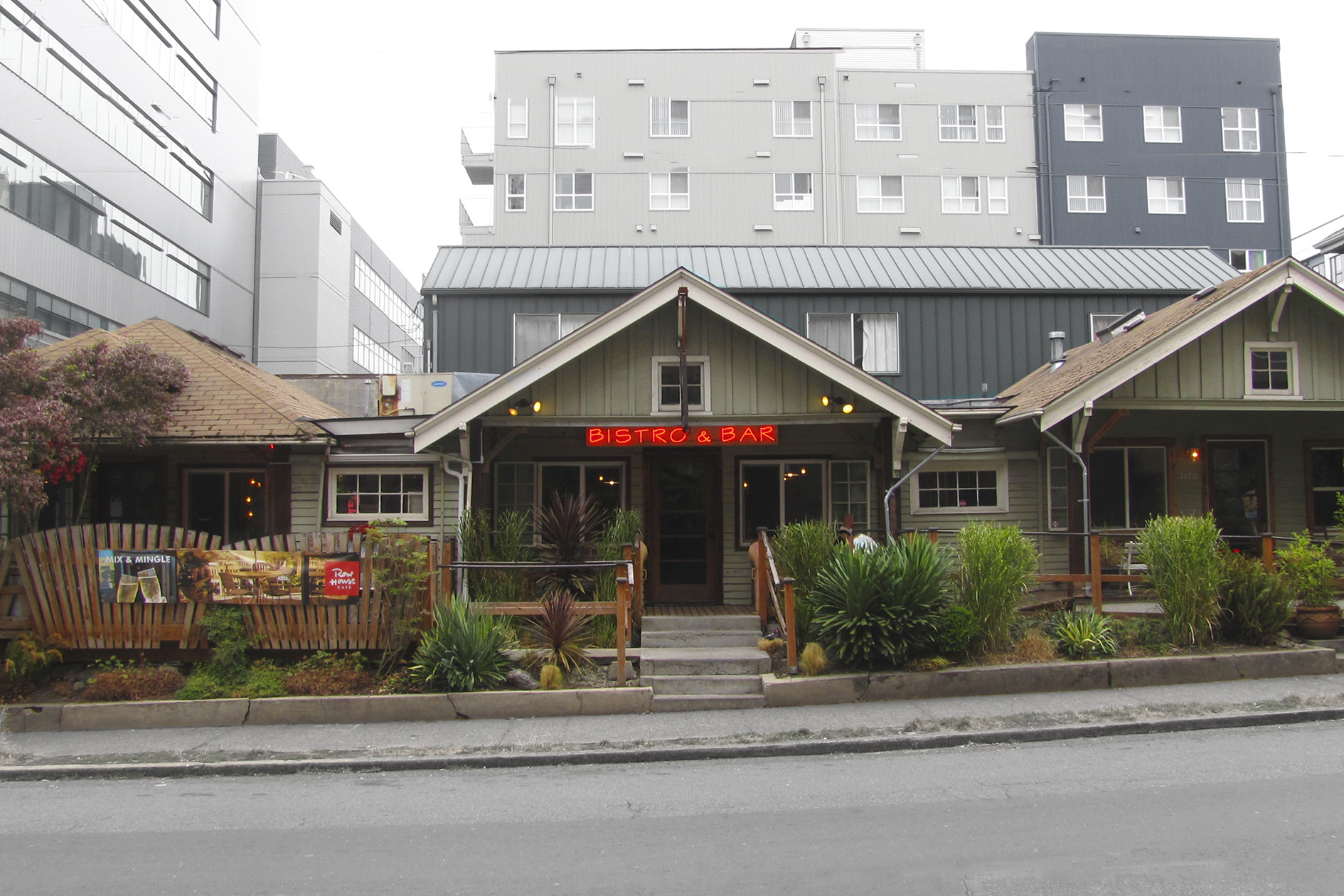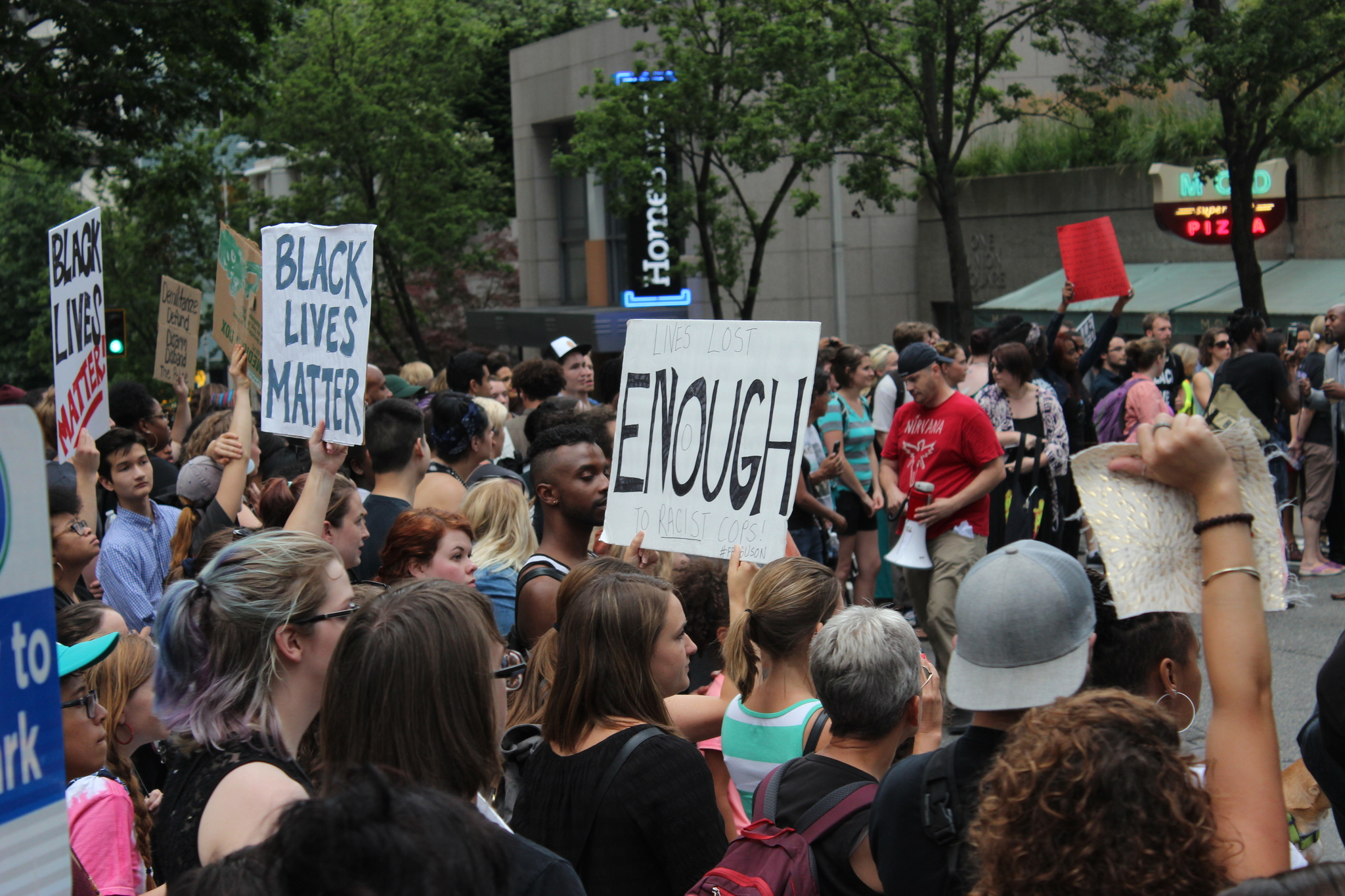The iconic Smith Tower has been an easily recognizable fixture in Seattle’s skyline for more than a century.
When construction finished in 1914, the 42-story building was the tallest west of the Mississippi—a title it hung on to until 1931, when the construction of the Kansas City Power & Light Building knocked it down to tallest building on the West Coast, a title held until 1962.
Today, the tower’s early-20th-century neoclassical design stands in stark contrast to the glossy, slate-colored monoliths that have sprung from the pavement in the 100-years-plus since its construction—a symbol of timeless grace in the face of rapid growth. But that doesn’t mean it’s been without travails. In 2006, a Chicago development firm bought the property to convert it to condos, but then the real-estate bubble burst and the building was again left largely vacant. Ben Gibbard even wrote a song about how many vacancies were in the building.
But things have been looking up again for Smith Tower, and on Wednesday the building’s new owner, the Seattle-based Unico Properties, will unveil a revamped set of visitor and tenant amenities that they hope will allow Seattleites to fall in love with it all over again. We threw some questions at Scott Brucker, vice president of Unico, to learn what visitors can expect.
The keys to Smith Tower have changed hands a few times in the past quarter-century, and there have been some scary-low vacancy numbers recently. Can you update us on where things are? We’re honored to own and invest in the iconic Smith Tower and plan to enhance and further solidify its reputation as a premier city landmark. Since we purchased the building in 2015, we’ve taken building occupancy from approximately 60 percent to now 87 percent.
How? Millennials [and] creative and technology companies are looking for really unique office space. With Seattle’s boom in new office construction, we’re seeing an amenity race. Smith Tower’s roofdeck lounge with its unparalleled and panoramic view of Seattle is one of the best, if not the best, rooftop amenity for tenants in the city. Historic buildings like Smith Tower play well to creative tenants who pursue buildings that have strong amenity spaces and offer open space for collaboration.
What was the hardest lift in the renovation? Where was the most focus placed? Certainly it’s the creation of the new Visitor Experience. We made a multimillion-dollar investment in the renovation and preservation of this historic Pioneer Square building to provide distinctive offerings, including interactive tours and exhibits that take visitors and locals back in time to tell the history of Seattle through the lens of Smith Tower. Smith Tower never before had a visitor experience, so we started with nothing and created a fully immersive experience, a new general store, and a new restaurant, introducing tourists, tenants, and visitors to a Smith Tower like they’ve never seen before.
We’re trying to expose and immerse locals and visitors in fun, educational, and interactive experiences that are based on true stories that actually occurred in the building with its first and original tenants. The new retail store on the ground floor that offers nostalgic favorites from a soda fountain [and] the new restaurant on the 35th floor which is a speakeasy-style cafe and bar—these elements represent a historic nod to the building’s creation, the early 1920s, and to Prohibition.
How was the remodel influenced by the building’s classic design? We protected and retained as many elements as possible that were original to this historic landmark to preserve the original character and charm of the building. The original developer of Smith Tower, Lyman Cornelius Smith, spared no cost—this was an absolute trophy piece for him that reflected his deep passion. It was not an investment project. One of the most important things to realize is that you cannot replicate this building and its detailed craftsmanship today because of the cost of construction. With this renovation, we’re creating the best of both worlds by offering the charm of a historic landmark blended with modern amenities and tenant spaces.
Smith Tower is one of the last buildings on the West Coast to employ elevator operators. Will elevator operators still be a feature in the new Smith Tower? Yes, the elevator operators are part of the building. The original Otis elevators and the operators will remain.
The building is super-old. Is it also super-haunted? There are apparently a couple of ghosts that have lived in Smith Tower since its creation. When you buy a ticket for the new visitor experience, you can learn much more about the building’s resident ghosts.
news@seattleweekly.com
Correction: Due to an editing error, a previous version of this story misspelled the Scott Brucker’s last name.








